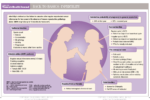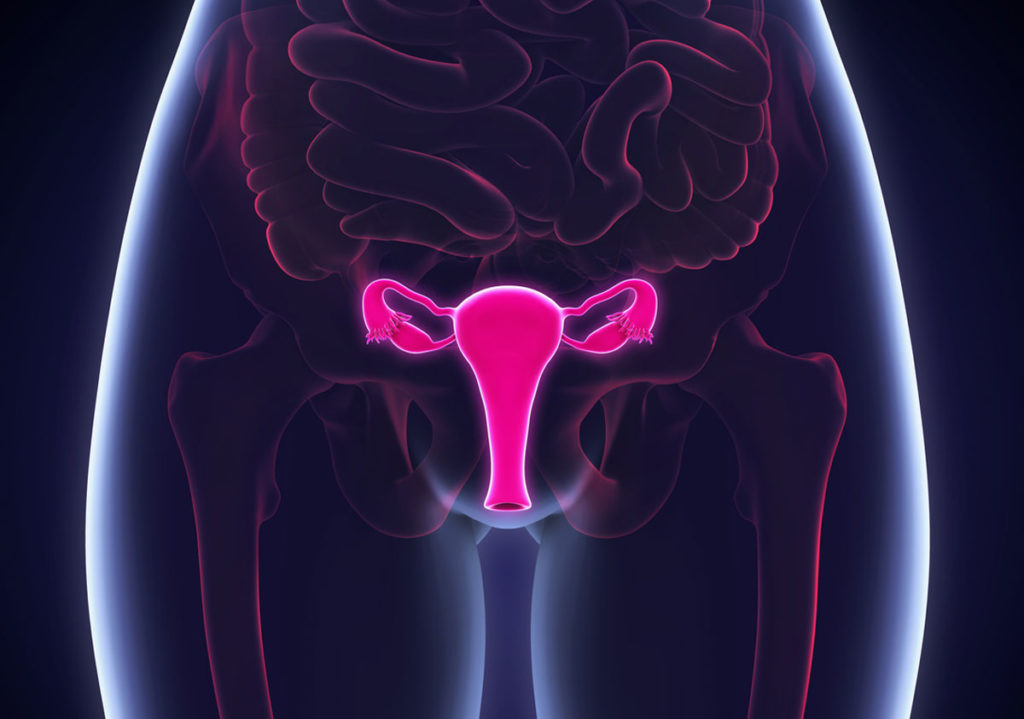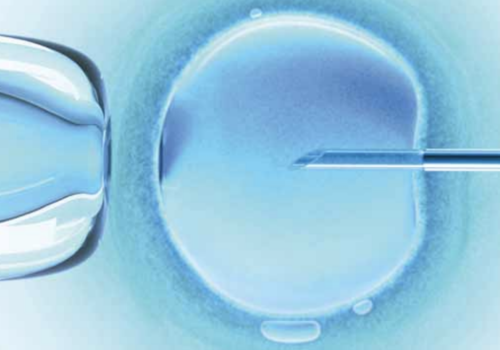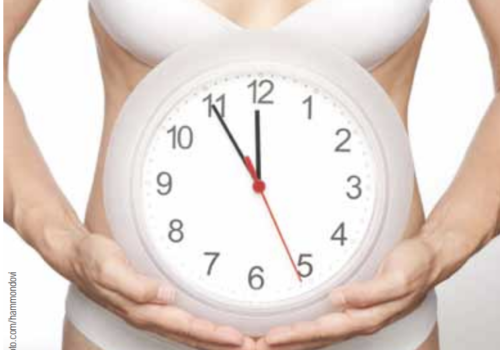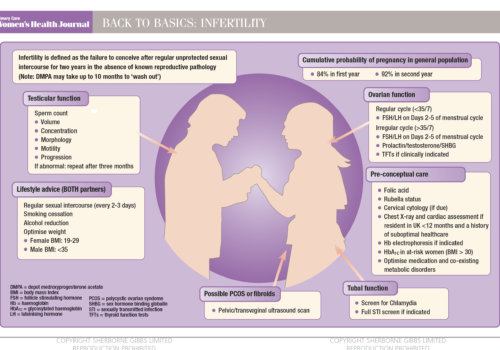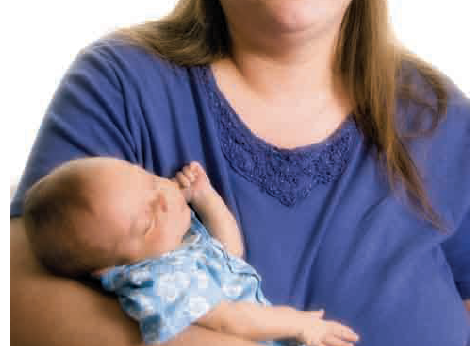More couples are now starting their families later in life, a social trend that coincides with a rise in the number of people requesting referral for treatment of subfertility. In response, the National Institute for Health and Care Excellence (NICE) has updated its fertility guidelines to enable more patients to receive timely, appropriate and successful treatment.
